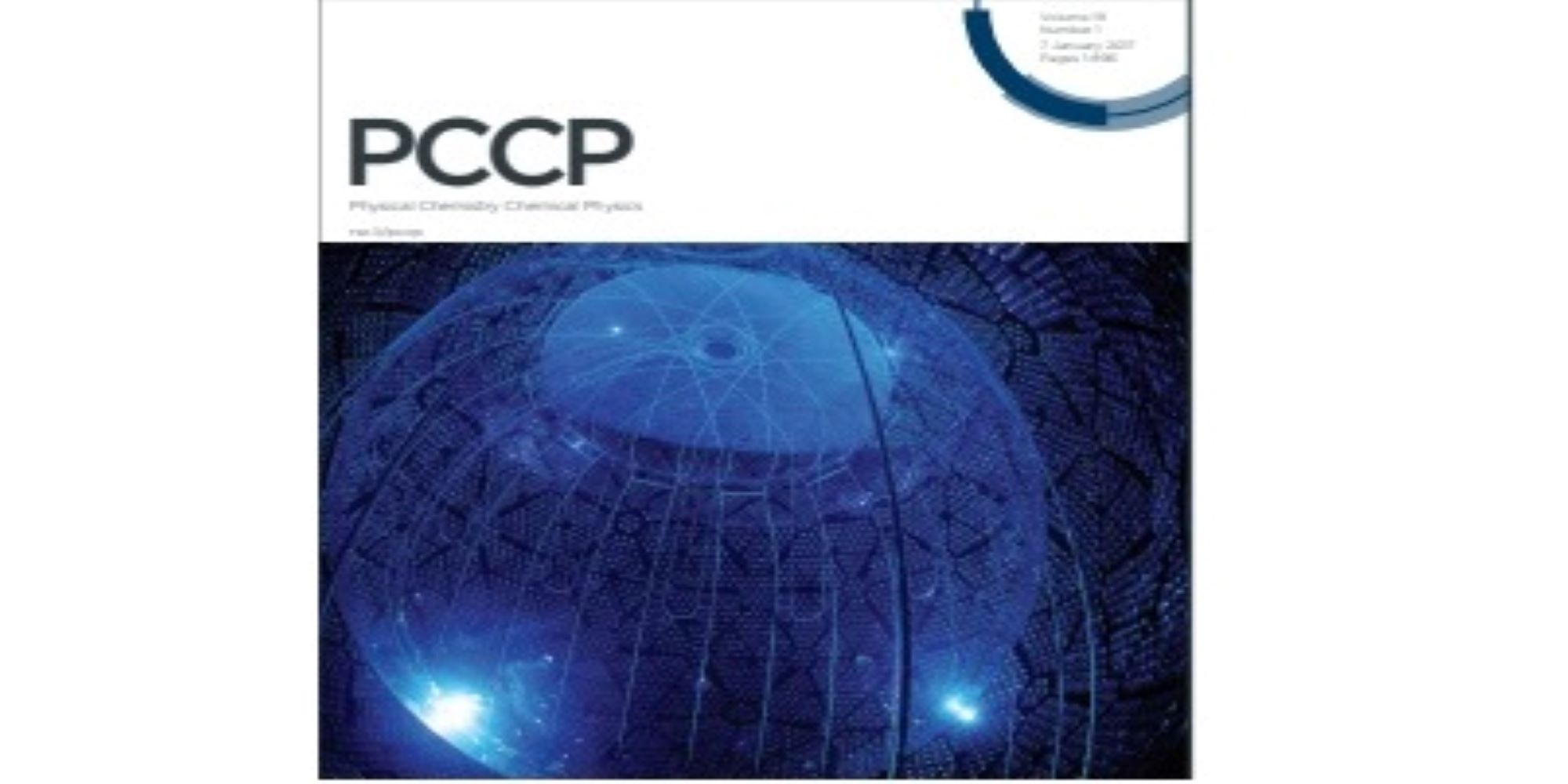Edge, Size, and Shape Effects on WS2, WSe2, and WTe2 Nanoflake Stability: Design Principles from an Ab Initio Investigation

[et_pb_section fb_built=”1″ _builder_version=”3.24.1″ width=”100%” max_width=”100%” custom_margin=”|0px||0px|false” custom_padding=”1px|0px|1px|0px|true|true”][et_pb_row use_custom_gutter=”on” custom_padding=”4%||4%||true|” custom_padding_phone=”7%||6%||false” custom_padding_last_edited=”on|phone” _builder_version=”3.25″ background_image=”https://qtnano.iqsc.usp.br/files/2019/06/banner.jpg” parallax=”on” border_width_bottom=”10px” border_color_bottom=”#000033″ width=”100%” max_width=”100%”][et_pb_column type=”4_4″ _builder_version=”3.25″ custom_padding=”|20px||” custom_padding_phone=”||” custom_padding_last_edited=”on|desktop” custom_padding__hover=”|||”][et_pb_post_title meta=”off” featured_image=”off” _builder_version=”3.24.1″ title_font=”|||on|||||” title_text_align=”center” title_text_color=”#ffffff” title_font_size=”36px” meta_font=”||||||||” parallax=”on” custom_margin=”|-22px||” custom_padding=”3.4%||3.1%|0px|false|” title_font_size_tablet=”30px” title_font_size_phone=”23px” title_font_size_last_edited=”on|desktop” custom_css_main_element=”background-color: rgba(0,103,153,0.50);”][/et_pb_post_title][/et_pb_column][/et_pb_row][et_pb_row column_structure=”3_5,2_5″ use_custom_gutter=”on” custom_padding=”0px|||||” custom_padding_last_edited=”on|phone” padding_left_right_link_1=”false” padding_left_right_link_2=”false” _builder_version=”3.25″ background_size=”initial” background_position=”top_left” background_repeat=”repeat” width=”100%” max_width=”100%”][et_pb_column type=”3_5″ _builder_version=”3.25″ custom_padding=”|1%||8%” custom_padding_tablet=”|||1%” custom_padding_last_edited=”on|tablet” custom_padding__hover=”|||”][et_pb_image src=”https://qtnano.iqsc.usp.br/files/2019/10/artigo.jpg” _builder_version=”3.25.2″][/et_pb_image][et_pb_text admin_label=”Subtítulo” _builder_version=”3.25.2″ header_2_font=”Open Sans|300|||||||” header_2_font_size=”28px” header_2_letter_spacing=”1px” header_2_line_height=”1.1em” custom_margin=”3%||” header_2_font_size_tablet=”26px” header_2_font_size_phone=”20px” header_2_font_size_last_edited=”on|phone”]
DOI: 10.1039/C9CP03698A (Paper) Phys. Chem. Chem. Phys., 2019, Accepted Manuscript
[/et_pb_text][et_pb_text _builder_version=”3.25.2″ text_font=”Open Sans|300|||||||” text_text_align=”justify” text_text_color=”#0c0000″ text_font_size=”18px” quote_font=”Open Sans|300||on|||||” quote_text_color=”#0c71c3″ quote_font_size=”22px” quote_line_height=”1.3em” header_3_font=”||||||||” header_3_text_color=”#000033″ header_3_line_height=”1.8em” background_size=”initial” background_position=”top_left” background_repeat=”repeat” width=”100%” max_width=”100%” custom_margin=”4%||” quote_font_size_last_edited=”on|phone” header_3_line_height_phone=”1.4em” header_3_line_height_last_edited=”on|phone”]
Augusto Cesar Huppes Da Silva , Naidel A. M. S. Caturello , Rafael Besse , Matheus Paes Lima and Juarez L. F. Da Silva
Received 1st July 2019 , Accepted 26th September 2019
First published on 26th September 2019
An improved atomistic understanding of the W-based two-dimensional transition-metal dichalco- genides (2D TMDs) is crucial for technological applications of 2D materials, since the presence of the tungsten endows these materials with distinctive properties. However, our atomistic knowl- edge on the evolution of structural, electronic, and energetic properties and on nanoflake stability for such materials is not properly hitherto addressed. Thus, we present a density functional theory (DFT) study of stoichiometric (WQ2 )n nanoflakes, with Q = S, Se, Te, and n = 1, · · · , 16, 36, 66, and 105. We obtained the configurations with n = 1, · · · , 16 through the tree growth algorithm whereas the nanoflakes with n = 36, 66, and 105 were generated from fragments of 2D TMDs with an abun- dant diversity of shapes and edges configurations. We found that all the most stable nanoflakes present the same Q-terminated edge configuration. Furthermore, in isomers with n = 1, · · · , 16 sizes, the nanoflakes defined as junctions of triangles, such as the rhombus geometry, define magic numbers, whereas for n > 16, triangular shapes can be identified as building blocks in the shapes of the most stable structures. A strong modulation of the Hirshfeld charges, depending on chalcogen species and core or edge position, is also observed. Our analyzes show the interplay between edge configuration, coordination environment, and shape that determine the stability of nanoflakes, and allow to describe design principles for stable 1T0 stoichiometric nanoflakes in various sizes.
[/et_pb_text][/et_pb_column][et_pb_column type=”2_5″ _builder_version=”3.25″ custom_padding=”|8%||1%” custom_padding_tablet=”4%|0%|4%|0%|true|true” custom_padding_phone=”4%||4%||true|true” custom_padding_last_edited=”on|desktop” custom_padding__hover=”|||”][et_pb_text _builder_version=”3.24.1″ text_font=”Open Sans|300|||||||” header_3_font=”|||on|||||” header_3_text_color=”#ffffff” header_3_font_size=”43px” header_3_line_height=”1.1em” background_color=”#006699″ background_image=”https://qtnano.iqsc.usp.br/files/2019/06/pontilhado.png” background_size=”initial” background_position=”center_right” background_repeat=”repeat-x” custom_margin=”|||” custom_padding=”23px|17vw|15px|0px|false|false” custom_padding_tablet=”|71vw||” custom_padding_phone=”|50vw||” custom_padding_last_edited=”on|phone”]
See Too
[/et_pb_text][et_pb_blog fullwidth=”off” posts_number=”11″ include_categories=”all” excerpt_length=”100″ show_categories=”off” show_pagination=”off” use_overlay=”on” _builder_version=”3.24.1″ header_font=”||||||||” body_font=”||||||||” body_line_height=”1.6em” meta_font=”||||||||” meta_font_size=”12px” meta_line_height=”0.5em” read_more_font=”||||||||” border_radii_image=”||||” custom_margin=”||” custom_padding=”||” custom_css_featured_image=”width:40%;||float:left;||margin-right:10px;||margin-bottom:-50px;||padding:10px;”][/et_pb_blog][/et_pb_column][/et_pb_row][/et_pb_section]






